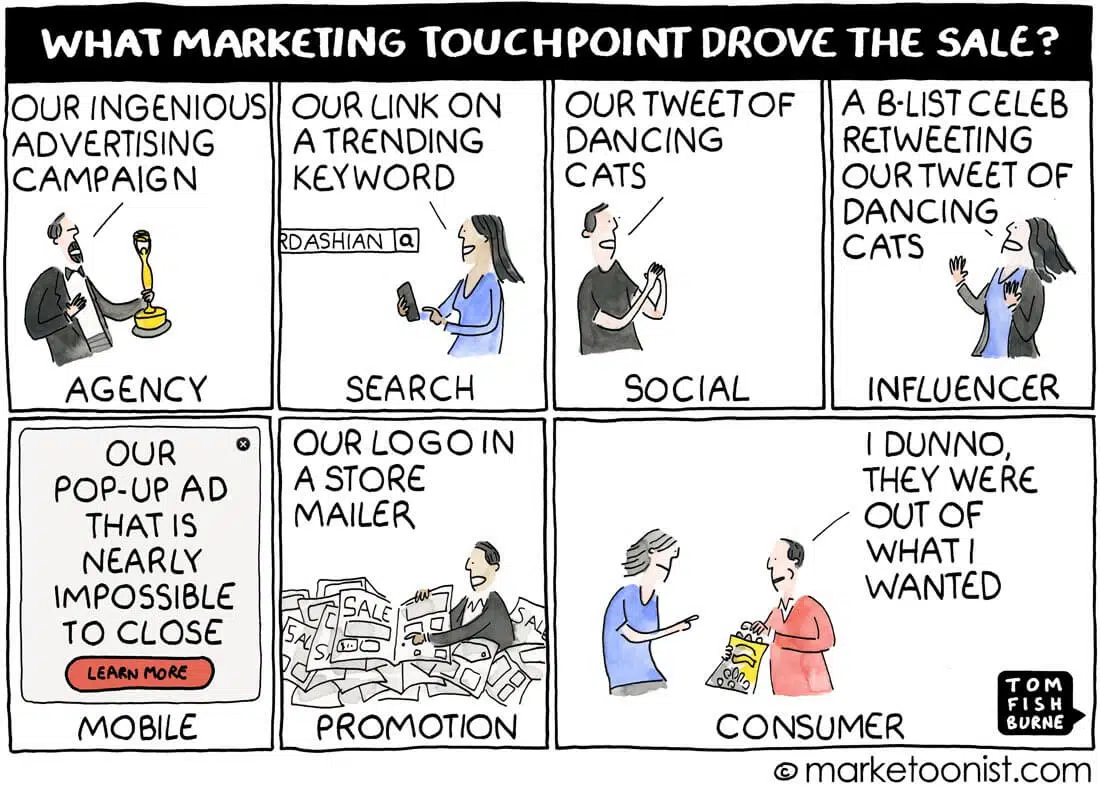Table of Contents
Attribution on Facebook ads….. what you should know.
Do you know how to create your Facebook ads? Not bad. Now, it’s up to you to optimize the impact of your campaigns according to the goals you’ve set.
Attribution models measure the effectiveness of your different channels and touchpoints in the conversion paths your customers take.
Facebook’s action attribution is made when, after an ad you’ve launched, a person interacts by clicking on it and then acting on the desired action (buy, visit, video view, pdf download, etc.).
How does Facebook assign conversions?
To assign conversions, Facebook ads are based on three elements:
- The attribution window
- Attribution actions (click or view)
- The attribution model.
Facebook Ads attribution window
This is the number of days between the time a visitor views your page and when the visitor performed the desired action.

This attribution window is set by default to 28 days after the click and 1 day after the view.

You can always change the attribution interval you want to use; in Facebook Business Manager, go to “Settings” and you will be able to edit attribution data:
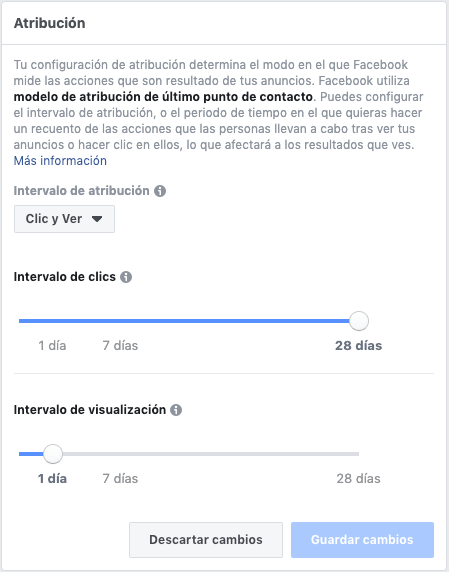
To know more about the attribution interval I recommend the official documentation in https://www.facebook.com/business/help/304909959680406
Conversion attribution modes
To assign conversions, Facebook relies on the view and/or click on your ad.
In fact, if a user has seen the ad and subsequently converts (transaction, form …), the conversion will be counted from the last “viewed” ad. It will be the same if a user clicks on an ad: the conversion will be attributed to the last ad the user clicked on.
Therefore, if a user sees the ad and then clicks on it, the conversion will be awarded to the click.
The attribution model on Facebook
Facebook favors the final attribution model(Last click). The total credit for a conversion is attributed to the click on the last ad. If you haven’t clicked on an ad. The total credit will be awarded in the last ad viewed by the latter.
Facebook Attribution: See other attribution models
Thanks to Facebook Attribution, you can access different attribution models to have a more realistic view of the impact of your campaigns.
Within Facebook Business Manager, go to Attribution.

You can choose the attribution model that best suits your activity.

Why consider other attribution models?
Within Business Manager -> Attribution you can investigate your customers’ conversion paths.
In the following example, we investigate the conversion paths that Instagram has had in its stages.
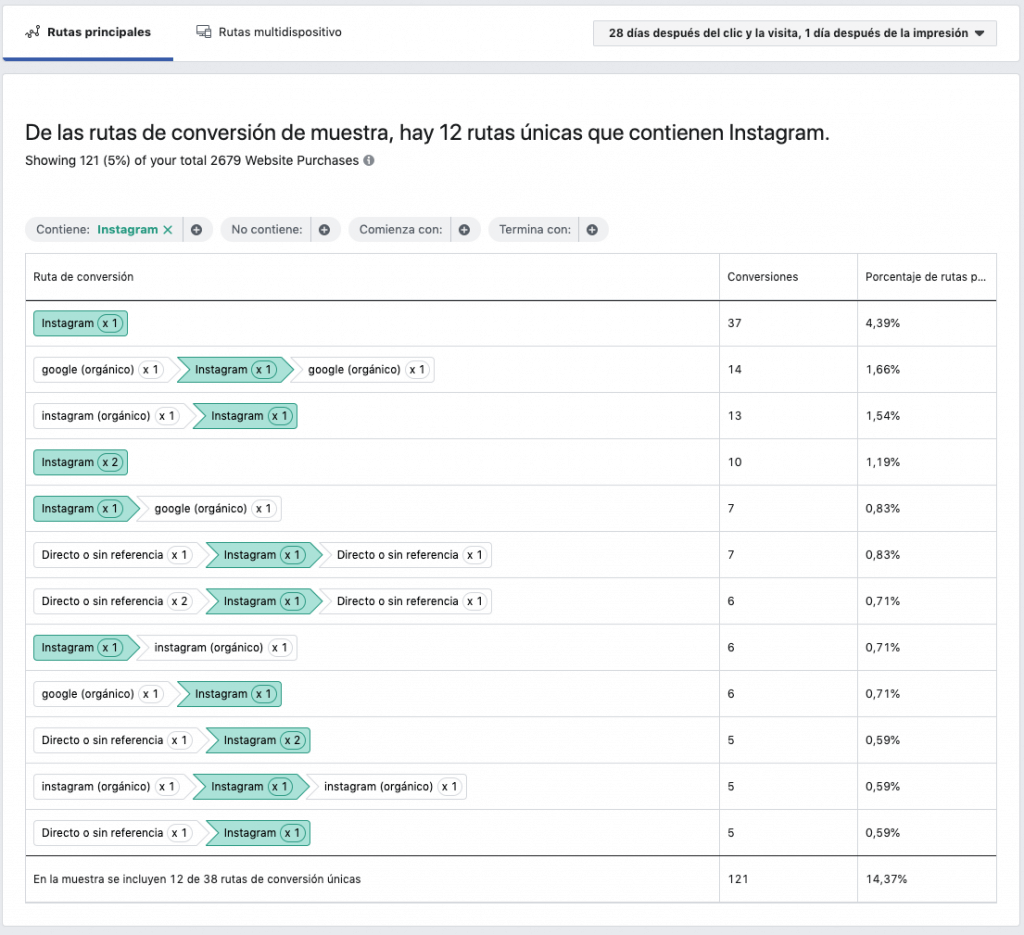
You can see that there is no single route. We will have to apply a model that takes into account all the stages.
Let’s see what attribution models we have on Facebook Manager; they are very different and they all have their advantages and disadvantages.
Last-click model or view
The last-click or visit attribution model grants 100 merit to the last click or visit that occurred on a conversion path.
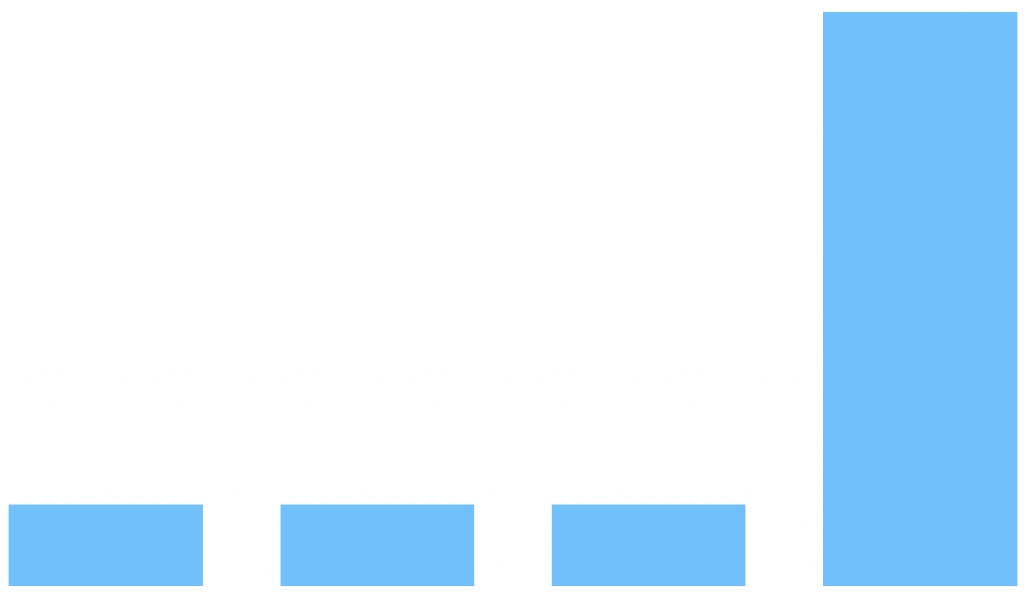
 Disadvantage: Like the model in the last interaction (last click), this model does not take into account the other levers that allowed conversion.
Disadvantage: Like the model in the last interaction (last click), this model does not take into account the other levers that allowed conversion.
Last point of contact
Facebook Business Manager
The last point-of-contact attribution model grants 100 of the merit of a conversion to the last click or visit that occurred in a conversion path. If there has been no click or visit, it will give merit to the last impression.
Disadvantage:Same as in the previous point
Linear or uniform attribution model
The linear attribution model is to assign an equal part of the conversion to all marketing channels that enabled conversion.
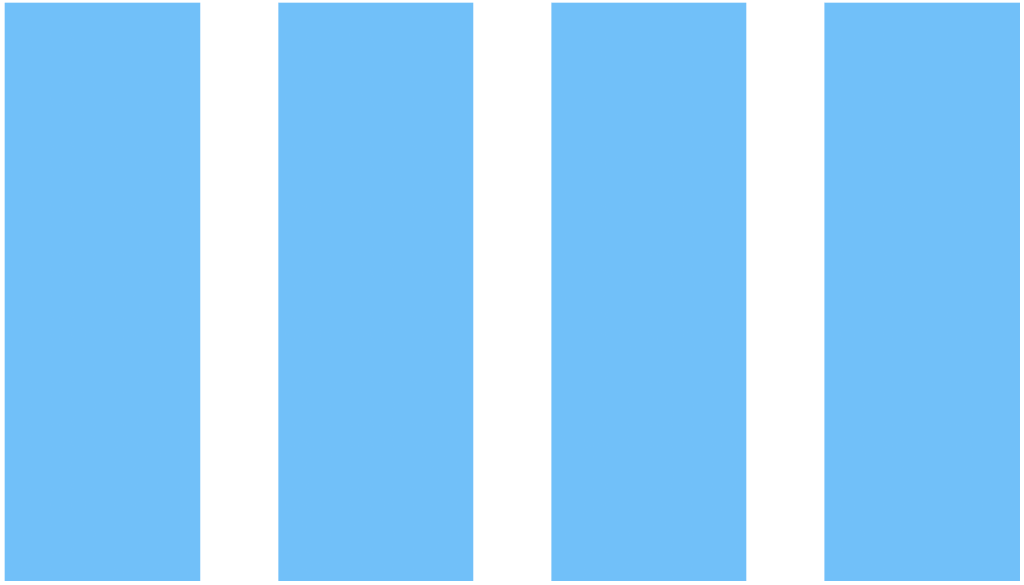
 Disadvantage: Although more accurate than the previous attribution models, the linear model does not take into account the more or less important contribution of each lever and only allows equal participation to be attributed to each lever involved in the conversion path.
Disadvantage: Although more accurate than the previous attribution models, the linear model does not take into account the more or less important contribution of each lever and only allows equal participation to be attributed to each lever involved in the conversion path.
Time reduction attribution model
The time reduction attribution model assigns a portion of the conversion to all marketing channels that have been converted based on their position in the conversion path. This attribution model may increase (from the latest to the oldest), but it can also decrease (from the oldest to the most recent).
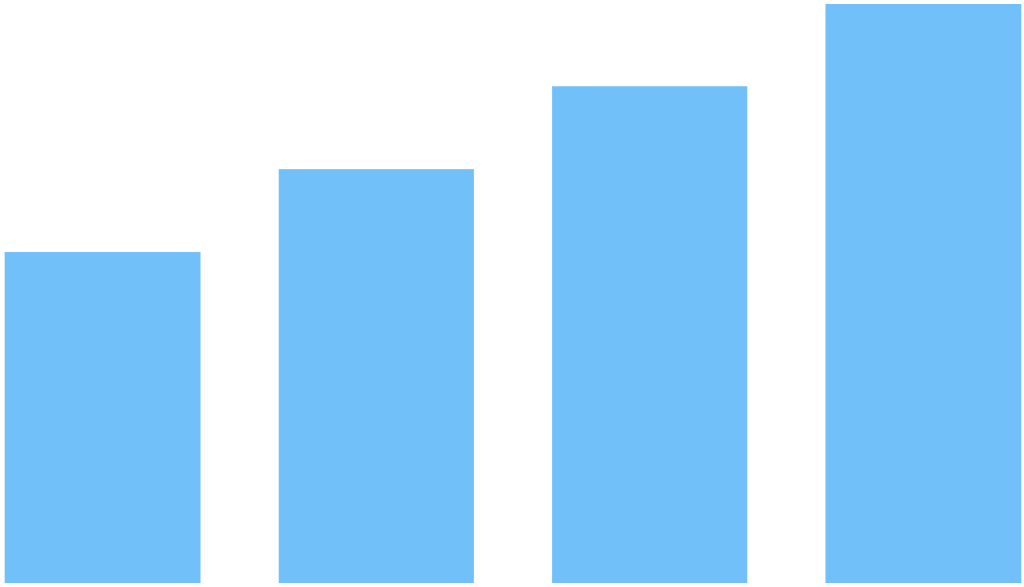
 Disadvantage: with this model, it is the last lever that has a higher weight, while it is not necessarily the one that has been the most important in the conversion path…
Disadvantage: with this model, it is the last lever that has a higher weight, while it is not necessarily the one that has been the most important in the conversion path…
Positional attribution model
The positional (or parabolic) attribution model is to assign a portion of the conversion to all marketing channels that allowed conversion according to their position in the conversion path, favoring the first and last levers. This model can be adjusted by customizing the share assigned to each lever.
Like the linear model, this model takes into account all stages, while allowing you to optimize the first and last touch points.
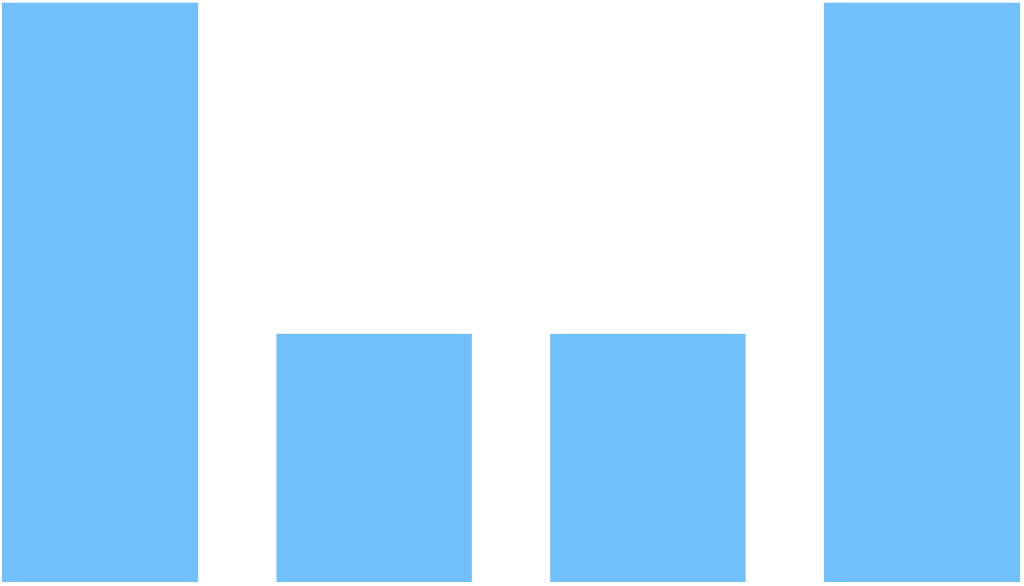
 Disadvantage: Although it is the best model of all the above, it is an attribution model that assumes that the first and last point of contact deserve exactly the same weight. It may not be that simple in the real world.
Disadvantage: Although it is the best model of all the above, it is an attribution model that assumes that the first and last point of contact deserve exactly the same weight. It may not be that simple in the real world.
Data-driven attribution model
Probably the best model. It simply gives the correct attribution percentage to each stage, based on data.
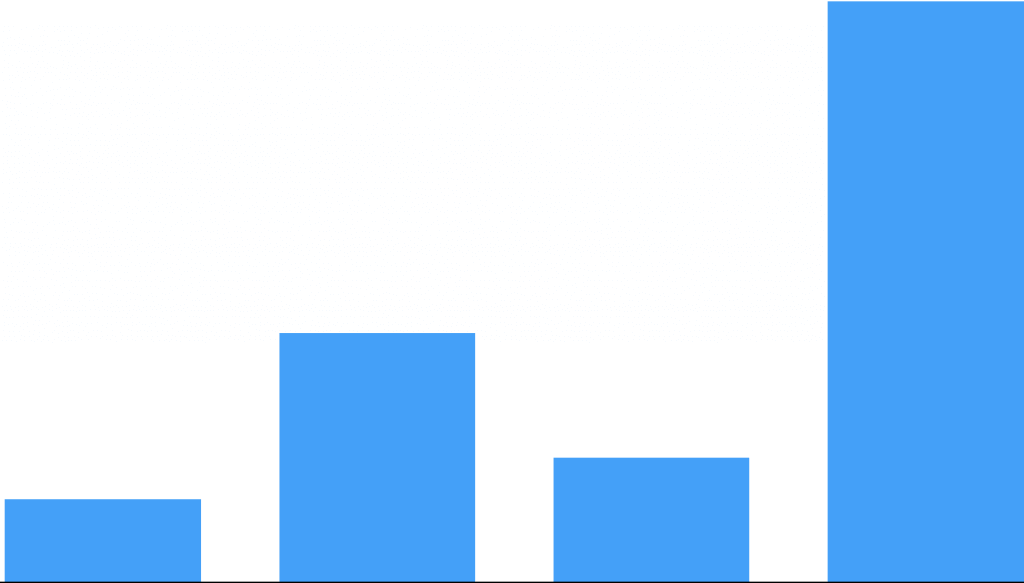
 Disadvantage: It takes MANY data to get results that you can use with confidence. Also, remember that here Facebook decides, without giving you explanation and that it uses only its data… no other platforms (Hello Google…).
Disadvantage: It takes MANY data to get results that you can use with confidence. Also, remember that here Facebook decides, without giving you explanation and that it uses only its data… no other platforms (Hello Google…).
Learn more from Facebook on data-driven attribution.
In conclusion, remember that we cannot know with a 100 of certitude the exact conversion attribution data.
